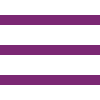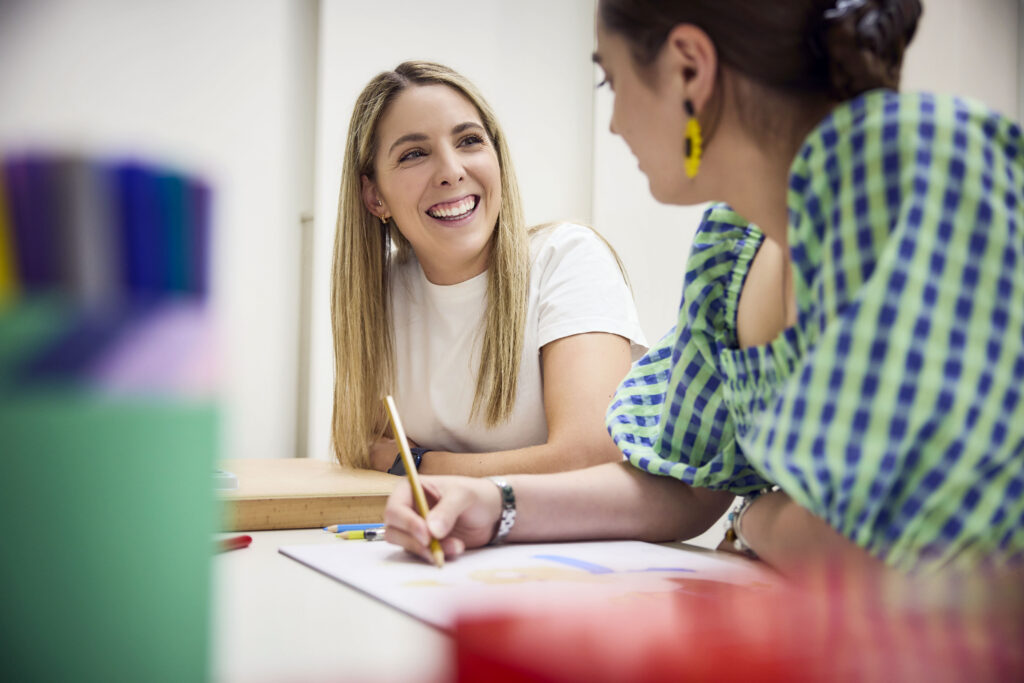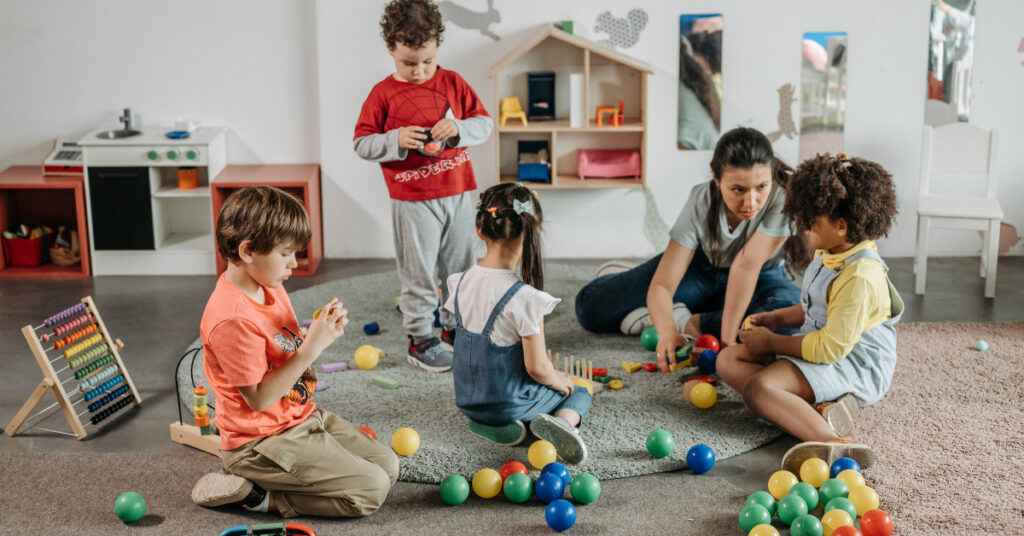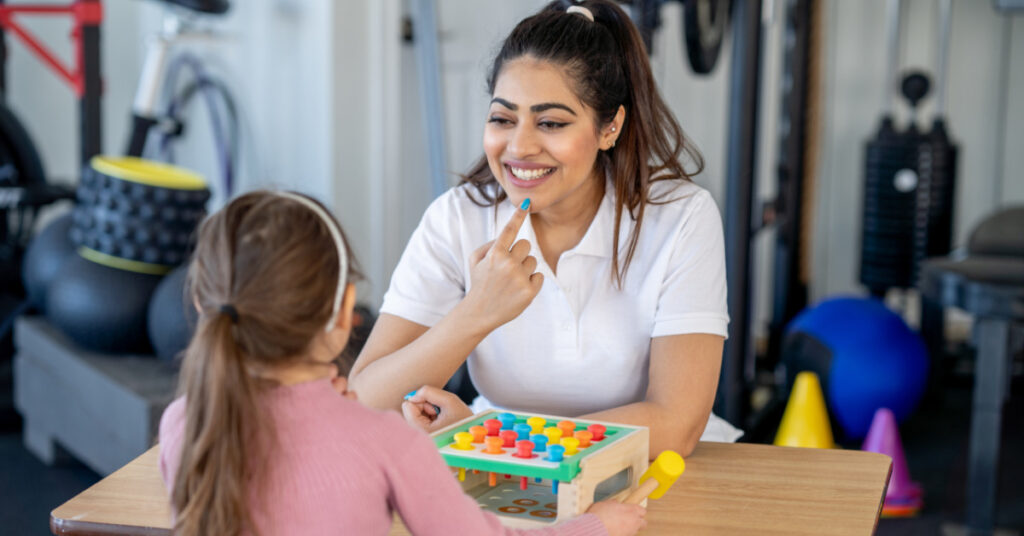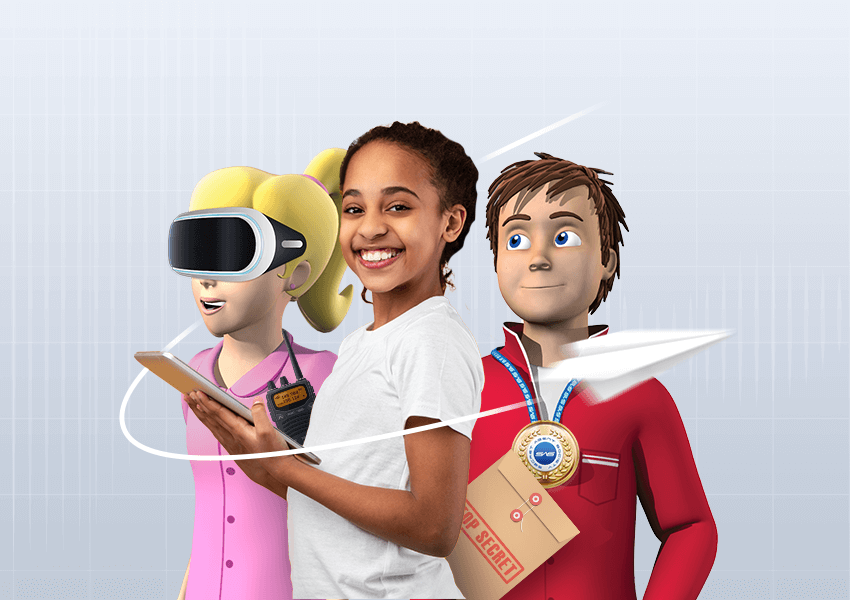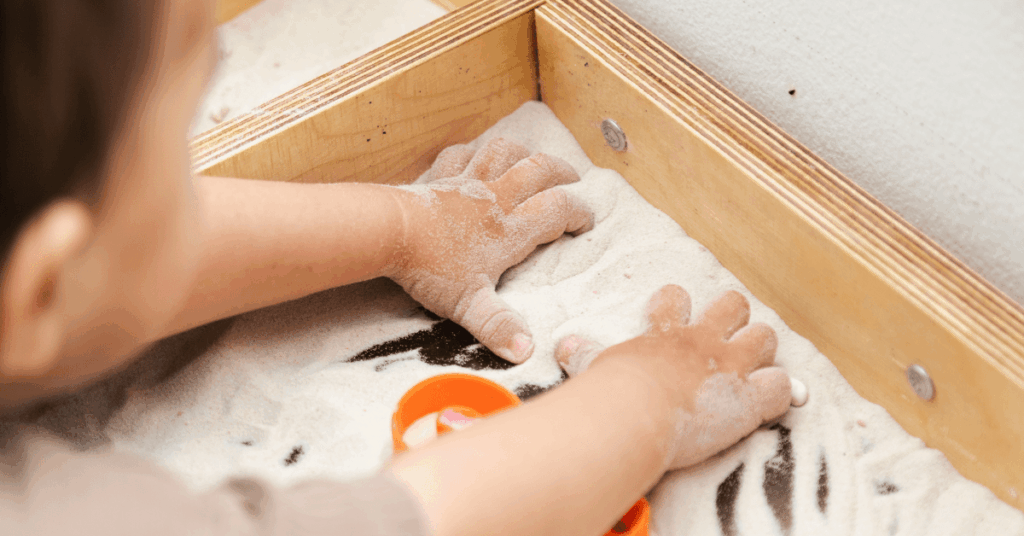Plagiocephaly and torticollis: what are they and what do I do?
By Claire Grant, Senior Physiotherapist, Early Start Australia Deakin and Kippax ACT, and Early Start Australia Queanbeyan NSW
More commonly known as a ‘flat head’ and ‘crooked neck’ respectively, the two conditions, plagiocephaly and torticollis often, but not necessarily, go hand in hand.
What is torticollis?
Torticollis is a condition where the sternocleidomastoid (one of the muscles in the front of the neck) is tight.
This is normally apparent at birth and can be due to reduced space or amniotic fluid in the womb.
If there’s not enough space, your baby may end up with their neck stuck in a particular way in the womb and it takes some time for it to loosen up once your baby is born.
Torticollis is not a dangerous condition but left untreated can result in abnormal posture and reduced range in the neck.
The signs of torticollis
If your child has torticollis, you will see that they like to tilt their head to one side and rotate the other way.
You might think they are just looking at you quizzically, but they can’t actually move to the opposite direction.
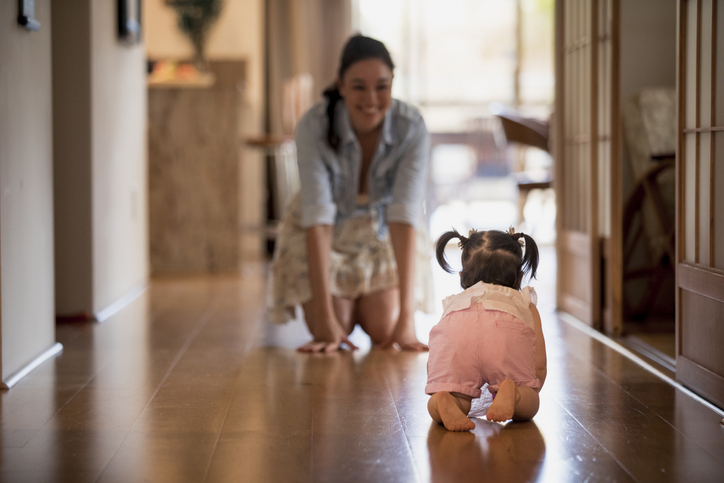
How a physiotherapist can help your child with torticollis
We recommend that your baby is assessed by a paediatric physiotherapist as soon as possible.
The physiotherapist will assess your baby and make sure there are no nasty underlying conditions before showing you how to hold, position and play with your baby to promote the active movements they need for the condition to resolve.
The physiotherapist may also give you some stretches.
What is plagiocephaly?
Plagiocephaly or a ‘flat head’ is flatness on one side of the head.
It can be associated with torticollis, as if your baby lies looking to the right for example, they may develop a flatness on the right side.
Babies have soft skulls, so when gravity pushes down on their head in that rotated position, it can ‘squash’ it.
Your baby can also develop a symmetrical flatness on the back of the head if they spend a lot of time on their back.
This is normally not a serious condition, but it should be assessed by a physiotherapist to rule out any nasty underlying conditions.
How a physiotherapist can help your child with plagiocephaly
Your physiotherapist will give you holding, carrying and play positions to take the pressure of your baby’s skull so it can develop normally.
Your physiotherapist will also help you develop strategies for your baby to tolerate tummy time, little and often.
Some babies never regain a perfectly round head and this is absolutely fine; your baby will still be healthy and happy.


